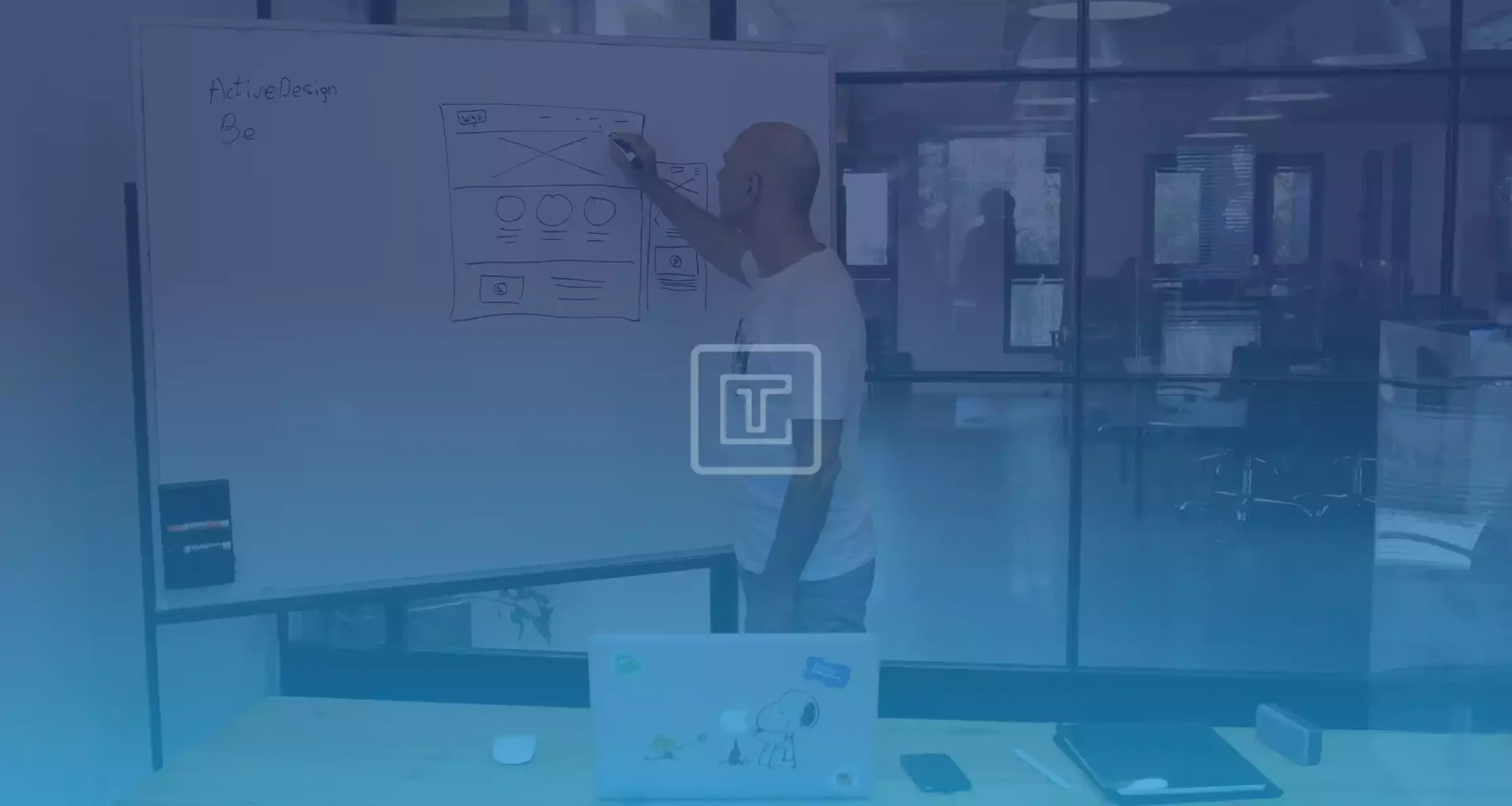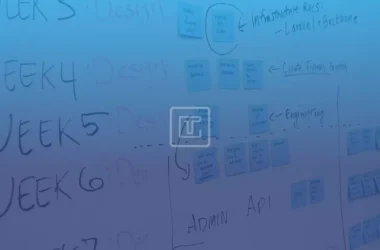In the digital age, user experience (UX) has become a critical factor in determining the success of online platforms, products, and services. A well-crafted user journey—one that is intuitive, engaging, and frictionless—can elevate customer satisfaction and drive long-term retention. At Waltcorp, we understand that creating a seamless digital journey is key to engaging users and keeping them loyal.
In this article, we’ll explore the essential elements of designing a digital journey that captivates users, ensures ease of use, and retains customers for the long haul. Whether you’re building an e-commerce site, mobile app, or digital service, the principles of UX design should be central to your strategy.
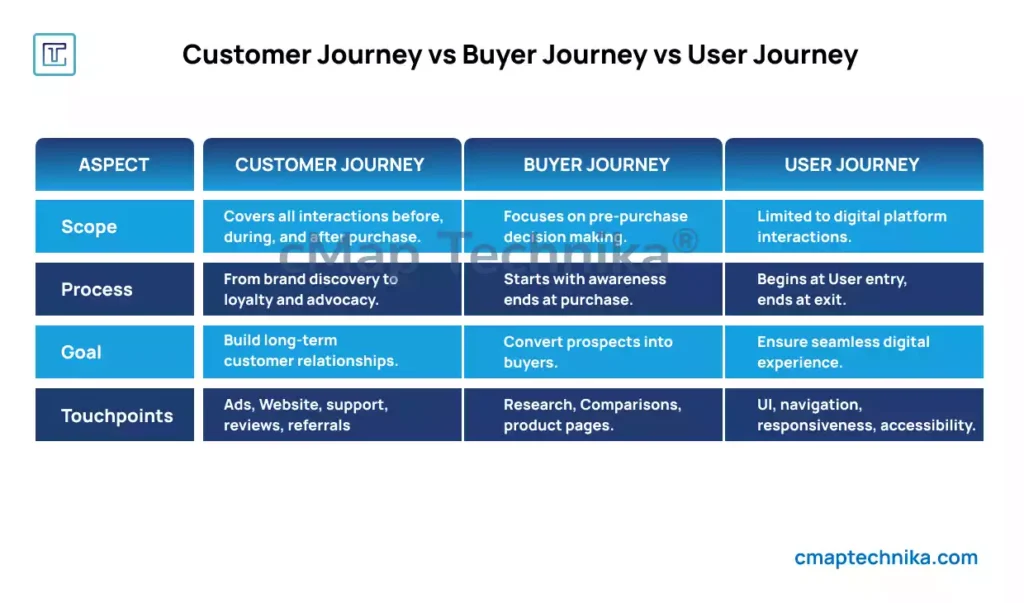
The Importance of Seamless Digital Journeys
A seamless digital journey refers to the experience users have when interacting with your product or service from start to finish. It’s about ensuring that users encounter no friction, confusion, or frustration along the way. Every interaction—whether it’s browsing a website, navigating a mobile app, or completing a task—should feel intuitive and effortless.
In today’s highly competitive digital marketplace, users have countless options. If your platform isn’t easy to use or doesn’t engage them effectively, they will quickly move on to alternatives. A seamless digital journey not only retains users but also creates advocates who are more likely to recommend your product or service to others.
Key Elements of a Seamless Digital Journey
Creating a user journey that keeps customers engaged requires attention to several key elements:
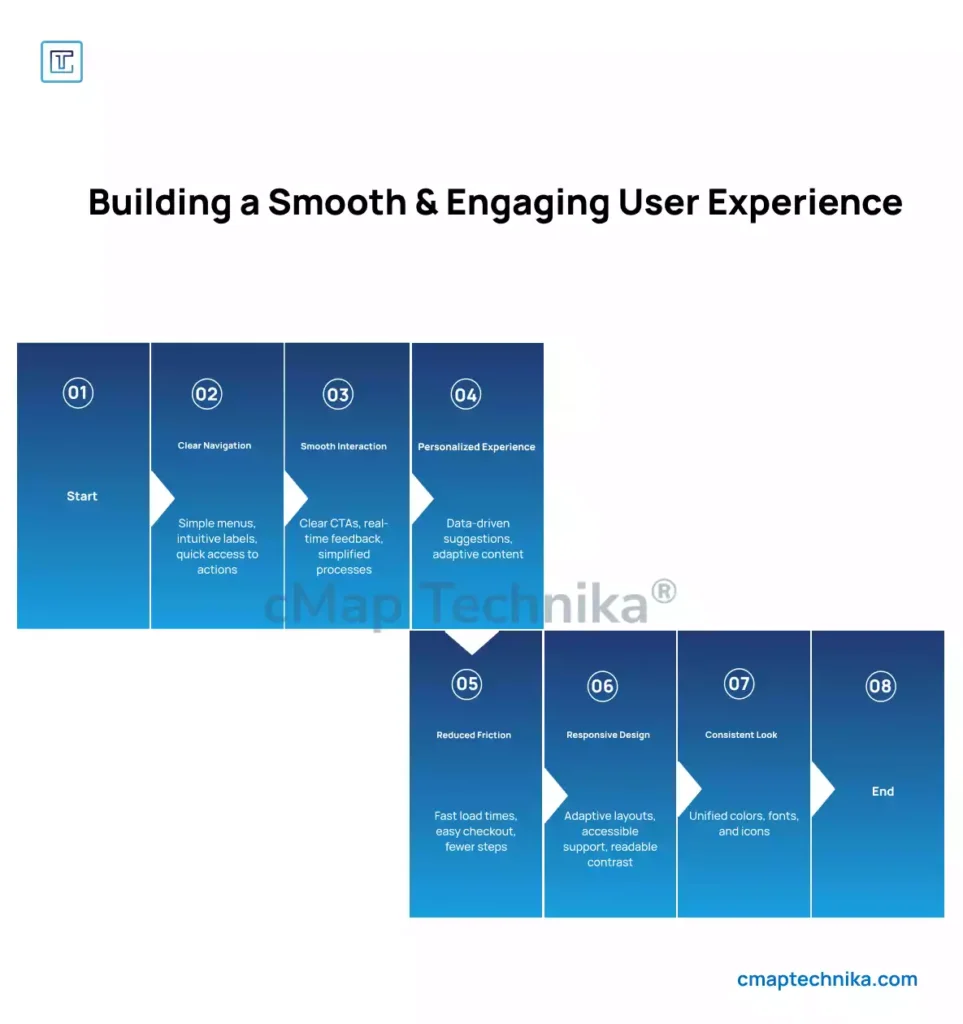
1. Clear and Consistent Navigation
Navigation is the backbone of any digital journey. If users can’t find what they’re looking for quickly, they’ll become frustrated and abandon your platform. A well-organized, consistent navigation system ensures that users always know where they are and how to get to where they want to go.
To design clear navigation:
- Keep menus simple and structured logically.
- Use intuitive icons, labels, and buttons.
- Ensure that key actions (such as signing up or checking out) are easily accessible.
By streamlining navigation, you reduce friction and help users move smoothly through the experience.
2. Intuitive Interaction Design
A seamless digital journey is one where every interaction feels natural. From clicking a button to completing a purchase, each touchpoint should guide the user toward their desired outcome without confusion. Intuitive interaction design anticipates user behavior and provides clear visual cues, making it easy for users to understand how to interact with your platform.
For example:
- Use buttons and call-to-actions (CTAs) that stand out visually.
- Provide real-time feedback, such as progress indicators or error messages, to inform users of their actions.
- Simplify complex processes like forms or checkouts by minimizing steps and offering helpful instructions.
Intuitive design reduces user hesitation and increases the likelihood of completing tasks, such as making a purchase or signing up for a service.
3. Personalization and Relevance
In a world where users are bombarded with digital content, relevance is key to maintaining engagement. Personalization creates a tailored experience that speaks directly to the user’s preferences, behavior, and needs. A personalized user journey feels more intuitive and meaningful, increasing the chances that users will return.
To enhance personalization:
- Leverage data insights to recommend content, products, or services that match users’ interests.
- Use adaptive content that changes based on user behavior.
- Offer personalized experiences across different touchpoints, such as email or push notifications.
When users feel understood and valued, they are more likely to remain engaged and loyal to your platform.
4. Minimizing Friction
Friction is any obstacle that interrupts the smooth flow of the user journey. It can be something as simple as slow load times or as complex as a complicated registration process. The key to creating a seamless digital journey is identifying and eliminating friction points that might cause users to abandon the experience.
Consider the following strategies for minimizing friction:
- Optimize page load times and ensure fast performance across devices.
- Simplify registration and checkout processes by allowing users to log in with existing accounts or use one-click purchases.
- Avoid unnecessary steps or redundant forms that can confuse or irritate users.
By reducing friction, you make it easier for users to accomplish their goals and continue their journey with minimal disruption.
5. Responsive and Accessible Design
A seamless user journey must also be accessible to everyone, regardless of their device, location, or abilities. Responsive design ensures that your platform adapts to different screen sizes and devices, while accessibility features make it usable for people with disabilities.
To ensure responsiveness and accessibility:
- Use flexible layouts that adjust to various screen sizes, ensuring an optimal experience on desktops, tablets, and smartphones.
- Implement accessibility guidelines such as keyboard navigation, screen reader compatibility, and high-contrast color schemes for users with visual impairments.
Responsive and accessible design broadens your user base, ensuring that anyone can engage with your platform, regardless of their specific needs.
6. Consistent Visual Design
Visual consistency is crucial for a seamless user journey. When elements like color schemes, typography, and imagery are used consistently, users can quickly learn how to navigate and interact with the platform. Inconsistent visuals can confuse users and break their sense of immersion, making the experience feel disjointed.
To maintain visual consistency:
- Stick to a cohesive color palette and typography throughout the platform.
- Use design patterns, such as button styles and iconography, that are uniform across pages.
- Ensure that images and graphics support content and enhance the user experience.
A consistent visual language creates a cohesive experience that guides users naturally through the journey.
Measuring Success: Engagement and Retention
Creating a seamless user journey doesn’t end with design. It’s essential to measure the success of your UX efforts by tracking engagement and retention metrics. These key performance indicators (KPIs) help determine whether your digital journey is truly captivating and effective.
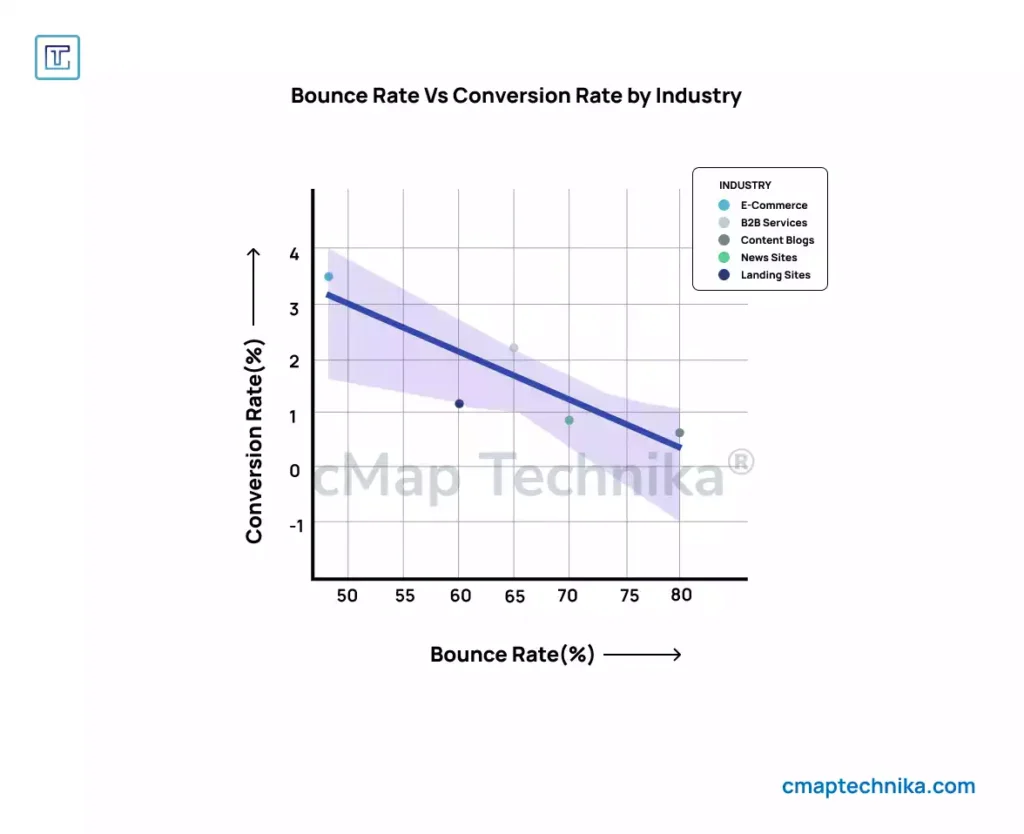
Some KPIs to consider:
- Bounce rate: How many users leave the site after viewing just one page. A high bounce rate may indicate poor navigation or irrelevant content.
- Conversion rate: The percentage of users who complete a desired action, such as making a purchase or signing up for a newsletter. A high conversion rate suggests that your UX is guiding users toward their goals effectively.
- Customer satisfaction: Gather direct feedback from users to assess their experience and identify areas for improvement.
Regularly analyzing these metrics allows you to refine your design and keep the user journey smooth, engaging, and efficient.
Conclusion
In today’s digital landscape, creating a seamless user journey is essential for engaging and retaining customers. By focusing on intuitive navigation, personalization, reducing friction, and maintaining visual and functional consistency, businesses can craft digital experiences that resonate with users and drive long-term loyalty.
At Waltcorp, we understand that designing these journeys requires more than just aesthetic appeal. It’s about understanding your users, aligning with their needs, and creating an experience that empowers them to take action effortlessly. With the right UX strategy, businesses can captivate users, improve retention, and ultimately drive growth in the digital age.



